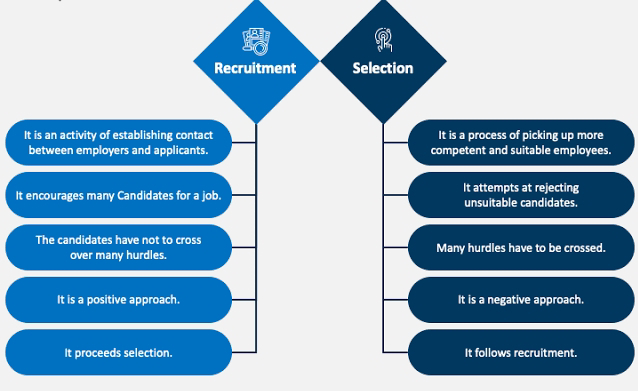What's the Differences Between PERT and CPM ?

Abstract : PERT (program evaluation and review technique) and CPM (critical path method) are both project management techniques that show the sequence of project activities. The main difference between them is their focus and application: Keywords PERT (program evaluation and review technique), CPM (critical path method), Planning, Organizing, Scheduling, Control Strategies Learning Outcomes After undergoing this article you will be able to understand the differences between PERT and CPM PERT A probabilistic model that focuses on minimizing project duration. It's used when the project's path is unclear and time estimates are uncertain, such as in research and development projects. PERT incorporates planning, organizing, scheduling, and control strategies. It uses network diagrams to represent the project structure, with arrows defining the sequence of activities and events. PERT analysis focuses on the arrows, not the nodes, and each event or mileston...



